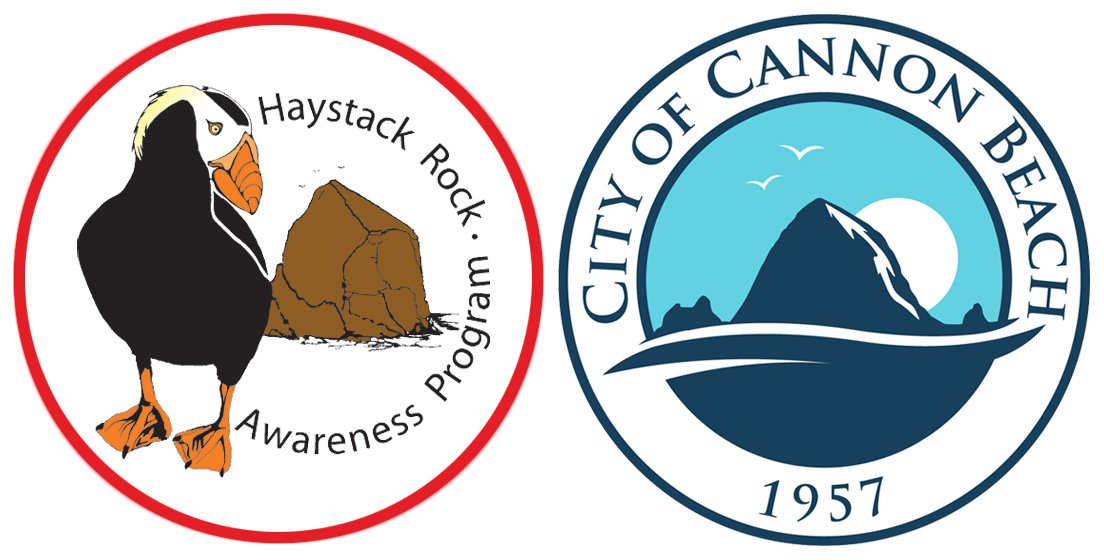Blue-horned Beach Hopper (Megalorchestia columbiana)
Blue-horned beach hopper on drift wood (photo credit: Central Coast Biodiversity)
Description: Like other amphipods, the blue-horned beach hopper (or pale beach hopper) is a small bug-like creature that can be found bouncing in the wrack line on sandy beaches. It is about 2 cm long, and has a translucent light grey body with dark grey patches but can also come in light blue. Their jointed legs allow them to jump to impressive heights, and dig sand burrows where they find refuge during the day. The two large antennae on their head are pale blue to grey in color.
Habitat: Blue-horned beach hoppers can be found on sandy beaches from the Aleutian Islands, Alaska to central California. They are typically in the high intertidal zone and along the wrack line.
Diet: Blue-horned beach hoppers eat seaweed and other decaying debris that might wash onto the beach.
Tide Pool Tidbits:
Beach hoppers are an important group of species in the ecosystem because they help breakdown organic material that washes onto the beach.
Blue-horned beach hoppers are often confused with fleas and sometimes even called beach fleas.
Reference: The New Beachcomber’s Guide to the Pacific Northwest by J. Duane Sept


